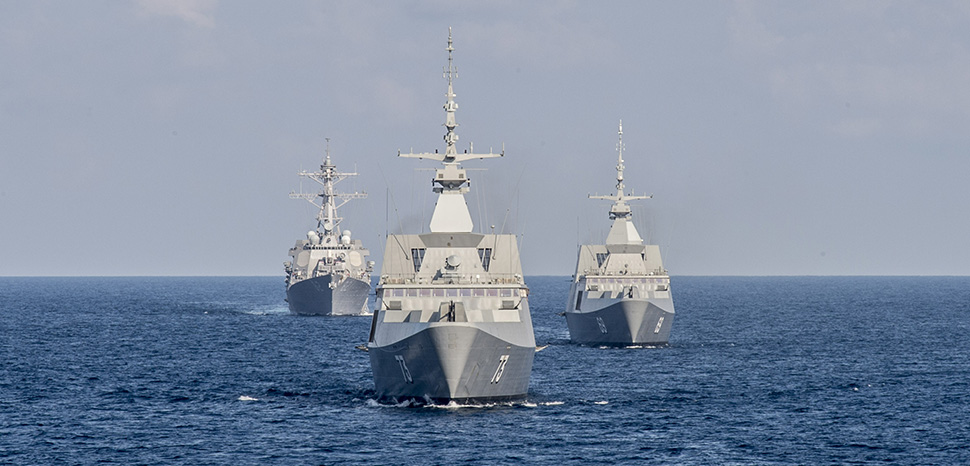
Hong Kong: Chairman Xi Jinping, as part of his hardening stance against the Philippines, has obviously instructed agencies like the China Coast Guard (CCG), which is directly under his command, to demonstrate greater vigour in the South China Sea.
Indeed, Second Thomas Shoal has emerged as a potent flashpoint in the South China Sea, a submerged reef situated 194 km west of the Philippine island of Palawan. This reef is where the Philippine Navy‘s old landing ship BRP Sierra Madre was grounded in 1999 to reinforce Manila’s territorial claim. Second Thomas Shoal is located just 32 km from China’s own Mischief Reef military base.
China has been harassing Philippine resupply missions to the Sierra Madre’s garrison of Philippine marines for more than a decade, but last year it intensified these efforts to an alarming scale. For example, a swarm of 38 Chinese vessels manoeuvred recklessly and employed water cannon during a resupply mission on November 10, 2023. Then, on December 10, 2023, the CCG deliberately rammed a Philippine vessel.
In further resupply missions this year, the CCG has routinely employed water cannon against Philippine civilian resupply vessels, resulting in damage to boats and injuries to crew.
Concerning the most recent incident in late March, Philippine Coast Guard (PCG) spokesman Commodore Jay Tarriela complained, “Their barbaric act of using water cannon to attack the resupply boat that endangered the lives of the Filipino troops is a clear manifestation of their blatant disregard of international law.”
The CCG and People’s Armed Forces Maritime Militia (PAFMM) are the culpable parties in these acts of grey-zone coercion, but the People’s Liberation Army (PLA) plays a supporting role. For instance, a PLA Z-8 helicopter was recently filmed hovering low over a team of Philippine scientists on Sandy Cay, just 3 km from Philippine-occupied Thitu Island, in a deliberate attempt to force them off the sandbar.
Before they withdrew, the scientists confirmed that the fish and coral were in a “very poor state” amidst a manmade pile of rubble. Chinese dredging and land reclamation has given that country an extra 1,300 hectares of land in the Spratly Islands.
The Philippines occupies eight features in the Spratly Island chain, the largest of which is Thitu Island. PAFMM vessels have swarmed other shoals in the Philippine exclusive economic zone (EEZ), with 135 boats detected at Whitsun Reef last December, for example. Beijing’s sea control tactics feature swarming to achieve temporary local control, plus mission-kill actions like water cannon, ramming and now the use of helicopters. Unfortunately, the Philippines does not have the necessary fleet nor size of ships to effectively counter such tactics, plus it is reticent to employ more capable Philippine Navy assets in case it amplifies tensions.















